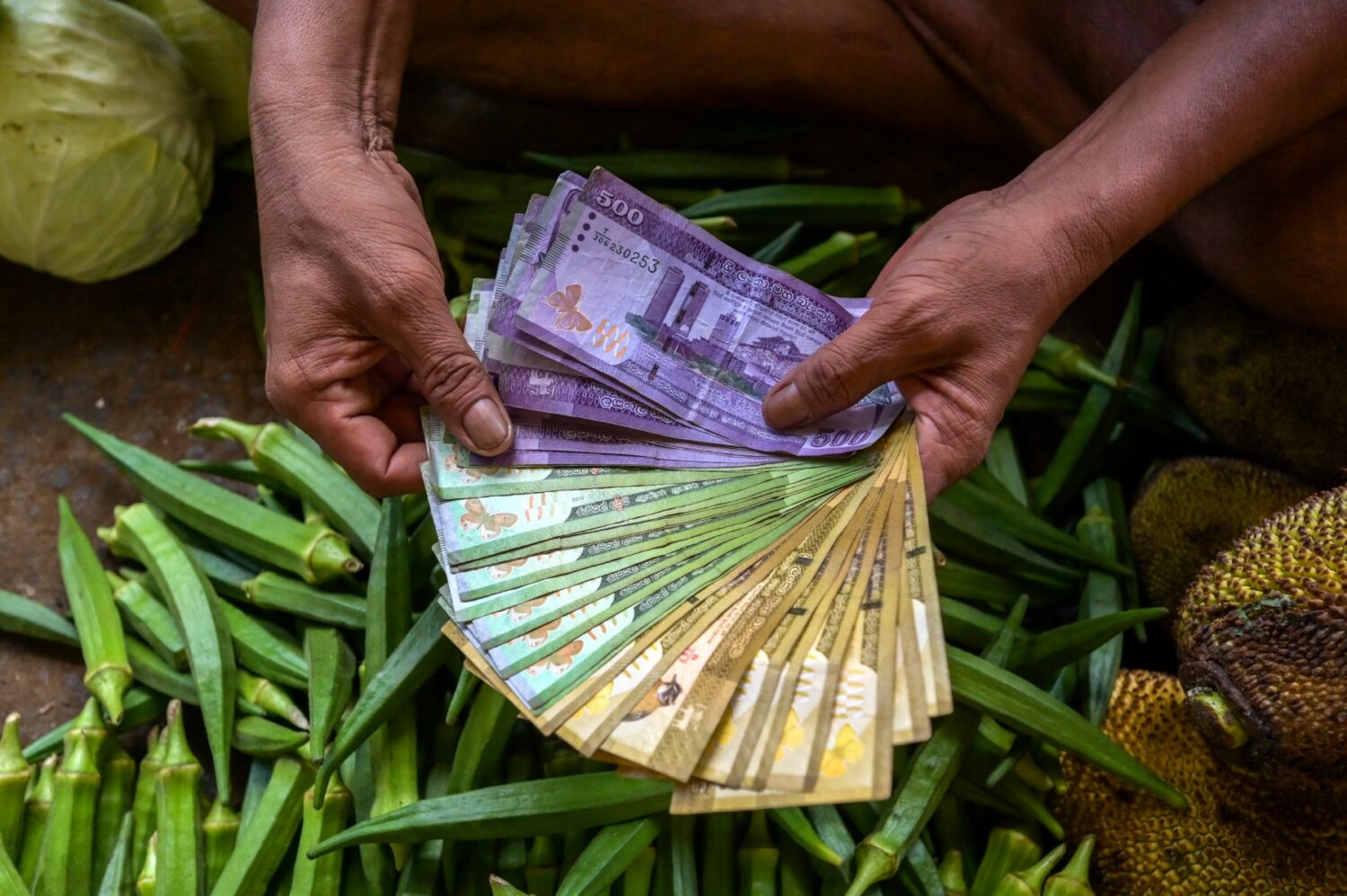COLOMBO, SRI LANKA – Crisis-hit Sri Lanka’s economy shrank by 11.5 percent in the first quarter just before an IMF bailout kicked in, official figures showed Thursday.
The contraction in the first three months compared with shrinkage of 0.5 percent in the corresponding period of 2022, and a decline of 12.4 percent in last year’s final quarter.
A currency crisis from late 2021 led to severe shortages of food, fuel and medicines and triggered months of protests that led to the toppling of former president Gotabaya Rajapaksa 11 months ago.
Sri Lanka defaulted on its $46 billion external debt in April last year, and is still negotiating with its bilateral and private creditors on repayments.
Thursday’s figures confirmed that economic challenges persist.
“Industry and services activities declined by 23.4 percent and 5.0 percent respectively in the first quarter of 2023,” the statistics office said in a statement.
It said only the agricultural sector had shown growth, but that was a modest 0.8 percent, and followed the lifting of a ban on agrochemicals and easier access to fertilizer than late last year.
The International Monetary Fund released the first $330 million of a $2.9 billion bailout in late March.
It forecasts Sri Lanka’s economy will contract by 3.1 percent this year. The World Bank is more pessimistic, predicting a 4.2 percent contraction.
The IMF warned earlier this month that Sri Lanka’s recovery remained challenging, despite “tentative signs of improvement”.
Inflation, which peaked at nearly 70 percent in September, moderated to 25.2 percent last month.
Foreign debt restructuring was previously held up as the country’s main bilateral creditor, China, was initially reluctant to take a haircut and instead offered more loans to pay old debts.
Just over $14 billion of the total foreign credit is bilateral debt to foreign governments, 52 percent of which is owed to China.
Trade with Arab countries
In 2021, UAE exported $1.54 billion worth to Sri Lanka. The main products that UAE exported to Sri Lanka are refined petroleum ($460 million), crude petroleum ($432 million) and copper wire ($73.6 million), the ColomboPage earlier reported.
During the last 22 years the exports of UAE to Sri Lanka have increased at an annualized rate of 12.1 percent, from $124 million in 1999 to $1.54 billion in 2021.
In 2021, Sri Lanka exported $312 million worth of products to UAE. The main products that Sri Lanka exported to UAE were tea ($98.4 million), refined petroleum ($31.2 million) and other processed fruits and nuts ($8.22 million).
During the last 22 years the exports of Sri Lanka to UAE have increased at an annualized rate of 4.41 percent, from $121 million in 1999 to $312 million in 2021.
In 2021, Saudi Arabia exported $364 million worth to Sri Lanka. The main products that Saudi Arabia exported to Sri Lanka are refined petroleum ($179 million), ethylene polymers ($56.3 million) and petroleum gas ($55.9 million).
During the last 26 years the exports of Saudi Arabia to Sri Lanka have increased at an annualized rate of 12.1 percent, from $18.5 million in 1995 to $364 million in 2021.
In 2021, Sri Lanka exported $92.7 million worth to Saudi Arabia. The main products that Sri Lanka exported to the KSA were tea ($48.5 million), bananas ($6.2 million) and used rubber tires ($2.81 million).
During the last 26 years the exports of Sri Lanka to Saudi Arabia have increased at an annualized rate of 5.5 percent, from $23 million in 1995 to $92.7 million in 2021.

